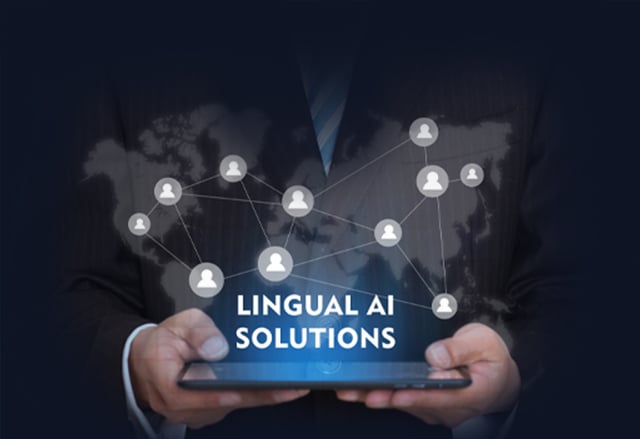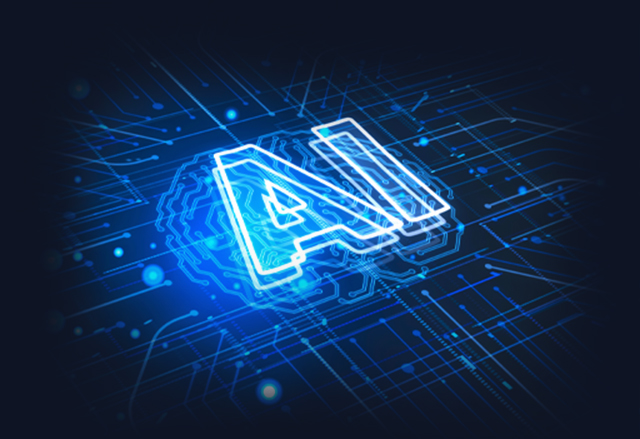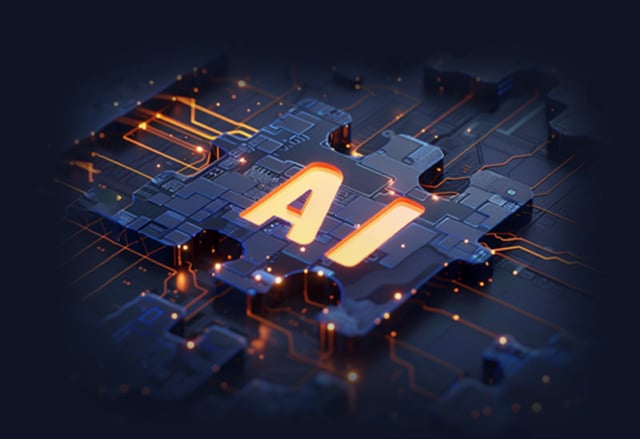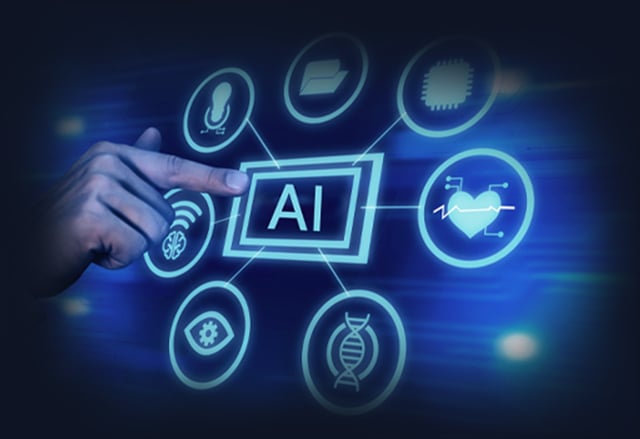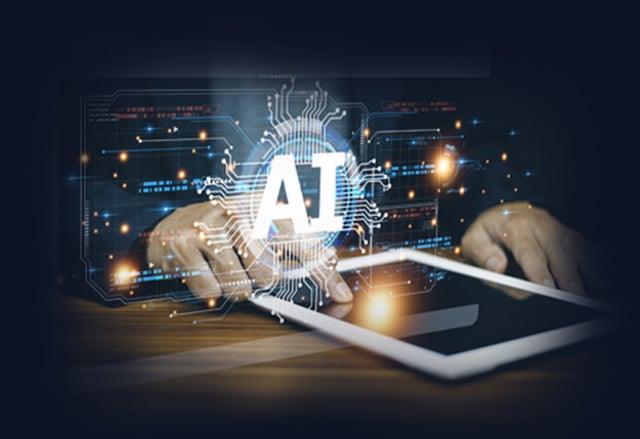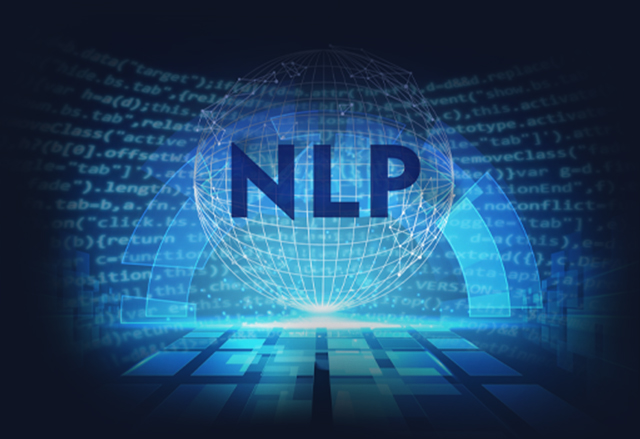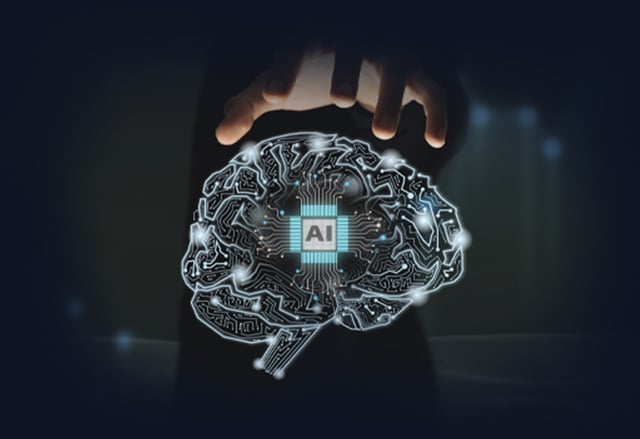Breaking Language Barriers: Multi-lingual AI Solutions for Global Reach
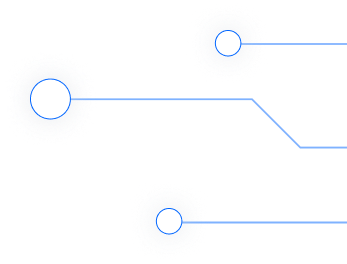
Navigating the complexities of global business communication becomes remarkably straightforward with multi-lingual AI solutions. These advanced technologies are more than mere translation tools; they are pivotal in dismantling language barriers, offering a seamless bridge to engage with diverse international markets. Integrating multi-lingual AI solutions into your business framework is a strategic move towards inclusive and effective global outreach.
These AI platforms excel in delivering accurate, real-time linguistic conversions, ensuring your message resonates across different languages and cultures. Embrace multi-lingual AI solutions to elevate your enterprise, fostering connections and opportunities in the expansive, multilingual business landscape.
Understanding Language Barriers in Business
In the expansive realm where businesses interact with customers from diverse backgrounds and languages,
the presence of language barriers becomes a challenge.
These barriers significantly impact the crucial relationship between businesses and their customers,
influencing various aspects of communication, understanding, and satisfaction.
When businesses and customers speak different languages, effective communication becomes a challenging task. Clear, meaningful interaction is essential for addressing customer needs, sharing information about products or services, and ensuring customer satisfaction.
However, language barriers complicate this process, leading to misunderstandings, misinterpretations,
and sometimes incomplete or inaccurate exchanges.
The Impact of Language Barriers
Customer Engagement
Language barriers stand in the way of achieving a seamless exchange of information, which is vital for understanding customer needs and preferences. This communication breakdown directly affects a business's ability to engage with its customers effectively.
Personalized interactions, targeted marketing campaigns, and tailored customer support - all crucial for deep and meaningful engagement - are curtailed due to these barriers. As a result, the overall quality and depth of customer engagement suffer, highlighting the importance of overcoming language obstacles to enhance customer relations and business success.
Market Expansion
Language barriers significantly impact a business's ability to expand into new markets. When entering foreign regions, the inability to navigate different languages and cultures poses a major hurdle, impeding effective communication with potential customers.
This lack of clear interaction often leads to challenges in building trust and understanding, which are essential for market penetration.
Consequently, businesses face limitations in reaching the full potential of new markets, making successful expansion a complex and challenging process. Addressing these linguistic obstacles is crucial for businesses to effectively broaden their global footprint and achieve sustained growth in diverse markets.
Revenue Generation
Language barriers can directly hinder revenue by limiting customer engagement and sales opportunities. When communication falters due to language differences, it leads to missed sales opportunities and challenges in converting prospects into actual customers. This lack of clear communication can also impede upselling and cross-selling efforts, further restricting potential revenue streams.
Effectively overcoming these language barriers is essential for tapping into new markets, enhancing customer engagement, and ultimately, driving significant growth in revenue. Addressing these linguistic challenges is not just a necessity but a strategic move towards broader market success and financial advancement.
The Role of Multi-lingual AI Solutions
AI has revolutionized the way we bridge language gaps, offering remarkable capabilities in translation and communication across multiple languages.
Translation Prowess
Multi-lingual AI solutions are equipped with sophisticated algorithms that can comprehend and translate a wide range of languages swiftly and accurately. AI-powered systems employ advanced natural language processing (NLP) techniques, enabling them to understand the nuances,
context, and idiomatic expressions embedded in additional languages. By processing vast amounts of linguistic data, they can produce coherent and contextually relevant translations, facilitating clearer communication between individuals speaking different languages.
Natural Communication Enhancement
AI doesn't just stop at human translation, it strives to make communication natural and seamless. Multi-lingual AI solutions are designed to foster smoother interactions by enabling real-time translations in conversations, written correspondence, and even digital content.
By dynamically interpreting and converting languages on the fly, AI facilitates meaningful dialogues and collaborations between individuals regardless of their native tongues.
Continuous Learning and Improvement
One remarkable aspect of multi-lingual AI solutions is their ability to learn and adapt continuously. Through machine learning techniques, these systems refine their language capabilities over time, learning from user interactions, feedback, and updated linguistic data.
This iterative learning process enhances their accuracy and proficiency in translating multi-language content, ensuring more precise and contextually relevant communications.
Accessibility and Scalability
AI-driven language translation tools offer accessibility and scalability, making them valuable assets in the business landscape.
They can be integrated into various platforms, applications, and devices, making multi-lingual communication accessible to a wider audience.
This scalability enables businesses to cater to diverse linguistic needs, expanding their reach and effectively engaging with customers and partners across the globe without missing a beat.
Multi-lingual AI solutions can have a huge effect on how businesses communicate. These AI systems help translate languages accurately and quickly, opening up chances for global teamwork, better interactions with customers, easier international trade, and smoother operations in places with different languages.
Benefits of Adopting Multi-lingual AI Solutions
AI added to language tools brings lots of benefits for businesses dealing with individuals who speak different languages.
- Translation Accuracy: AI-powered language solutions excel in providing precise and accurate translations. Their sophisticated algorithms and machine learning capabilities enable them to comprehend context, idiomatic expressions, and linguistic intricacies, resulting in high-quality translations. This accuracy ensures that the intended message is conveyed effectively, minimizing misunderstandings and errors in communication.
- Enhanced Efficiency and Speed: One significant advantage of AI-driven language solutions lies in their speed and efficiency. These tools swiftly process and translate vast amounts of text or speech in real-time, significantly reducing the time required for communication across languages. This speed enhances productivity, enabling faster decision-making, smoother collaborations, and streamlined business operations.
- Cost-Effective Solution: Implementing AI-powered language solutions can be cost-effective for businesses. By automating translation processes, companies can reduce manual translation expenses and streamline their language-related operations.
Additionally, these solutions offer scalability, allowing businesses to cater to diverse linguistic needs without incurring substantial additional costs, thus supporting growth into new markets.
- Improved User Experience: AI-driven language solutions play a crucial role in enhancing the customer service experience. Businesses can provide multilingual support, offering customers the comfort of interacting in their preferred language.
This fosters stronger connections, boosts customer satisfaction, and cultivates loyalty, thereby positively impacting brand reputation and retention.
- Data-Driven Insights: AI-powered language solutions generate valuable data insights. Through the analysis of translated content and user interactions, businesses can gain valuable insights into market preferences, sentiments, and trends across different language demographics. This data-driven approach aids in making informed business decisions and devising targeted strategies for diverse markets.
- Innovation and Adaptability: AI continuously evolves and adapts. These language solutions undergo continual learning, refining their language capabilities based on user interactions and updated linguistic data. This adaptability ensures that businesses have access to cutting-edge language technologies, keeping them at the forefront of innovation in multilingual communication.
For business owners navigating the diverse and interconnected world of today's markets, adopting AI-driven language solutions presents a pivotal opportunity. These innovative technologies offer a gateway to overcome language barriers, enhance communication, and unlock new avenues for business growth and expansion. Embracing multi-lingual AI solutions empowers businesses to engage seamlessly with a global audience, improve customer experiences, streamline operations, and drive revenue.
By considering the transformative capabilities of AI-driven language solutions, business owners pave the way for enhanced efficiency, broader market reach, and a competitive edge in an increasingly globalized landscape. Embracing these technological advancements not only fosters clearer communication but also positions businesses at the forefront of innovation, opening doors to new opportunities and sustainable growth in today's dynamic business environment.
Frequently Asked Questions (FAQs)
What factors should businesses consider when choosing AI technology and providers?
Businesses should consider factors like the technology's scalability, compatibility with existing systems, data security measures, and the provider's track record in delivering successful AI solutions.
How can businesses ensure successful adoption and proficiency?
Businesses can ensure successful adoption by providing comprehensive training programs, fostering a culture of continuous learning, offering ongoing support, and involving employees in the AI implementation process from the outset.
What benefits do AI-driven language solutions offer?
AI-driven language solutions offer improved accuracy in translation, faster content creation, personalized experiences, and efficient natural language processing.


